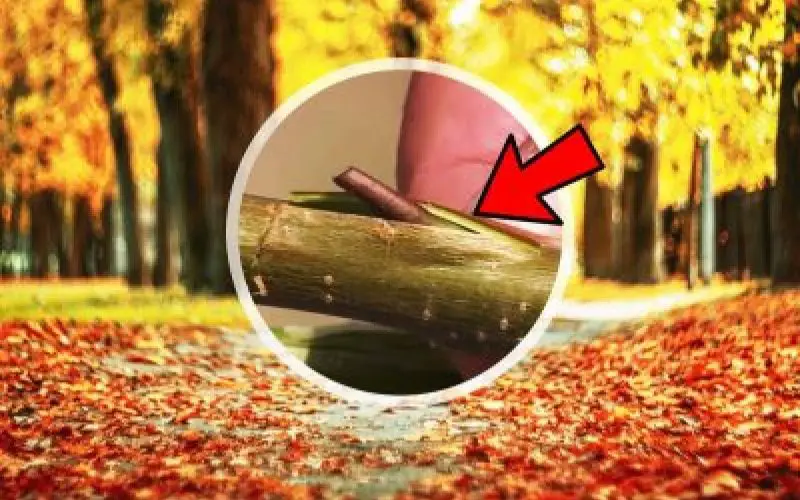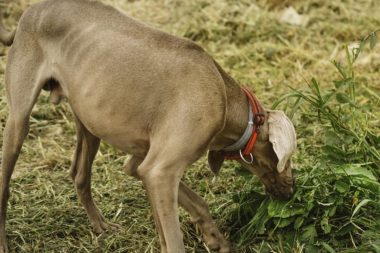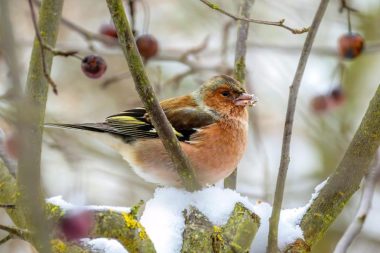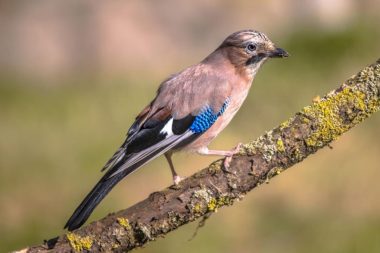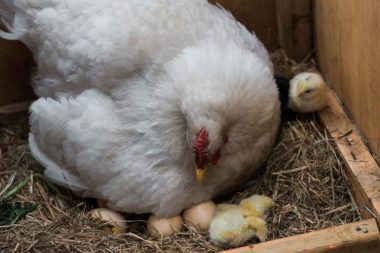First of all, let’s clarify the situation regarding bees. A generic term that refers to almost 1000 different species in France. Among them, we can mention the hardworking honeybee (Apis mellifera) that provides us with honey. And then there is a whole range of solitary or wild bees. What happens to all these bees in winter?
Table of Contents
The great diversity of bees
956, that’s the number of bee species present in French territory. In addition to domestic bees, raised by beekeepers in hives for their honey, there are solitary bees, essential for pollinating our vegetable garden and ornamental garden plants.

Without a queen, non-aggressive, these bees work alone, collecting pollen to feed their offspring.
Among these wild bees, several species can be distinguished mainly by their nest. Indeed, most solitary bees spend the majority of their lives in the larval and cocoon phase. The flying phase in spring is ultimately very short, between 2 to 10 weeks depending on the species:
- Ground-nesting bees represent more than 70% of solitary bees. They establish their nests in vegetation-free soil, in lawns, in embankments…
- Wood-nesting bees make their nests in dead wood.
- Stem-nesting bees nest in hollow wooden stems such as reeds…
- Bramble bees settle in the pithy stems of blackberries, raspberries, elderberries, spindle trees, buddleias…
Others are more opportunistic and take up residence in tunnels dug by xylophagous insects, in rock crevices… And then, if they have no plants available to them, they settle for ventilation holes in windows, brick joints…
And among these solitary bees, other categories can still be distinguished according to the way they seal the holes in their nests.
Mason bees use mud, leafcutter bees use thick leaves like those of roses, carpenter bees use dead wood, cotton bees use fibers from certain plants…
Others, like cuckoo bees, squat in the nests of other bees.
All these solitary bees spend the winter in the form of a cocoon, snug in their nests.
- Build a designer bee hotel
- Choose flowers to attract pollinators to the vegetable garden
How to help active bees?
To help solitary bees during their active period, it is essential to provide them with sources of pollen and nectar by planting nectar-rich flowers, especially native plants, aromatic plants, fruit trees… This way, they can feed their larvae with pollen.
It is also crucial to ban all pesticides, herbicides, and fungicides.
Finally, consider leaving a wild and natural corner in your garden, such as an untended part of the lawn, a stump of a dead tree, a few stacked stones…
How to help bees in winter?
To spend the winter in good conditions, non-ground-nesting solitary bees need a nest (which also serves as a shelter for the larvae).
Once again, it is possible to help them by installing nesting boxes or bee hotels near flower beds, fruit trees, or aromatic plants.

These bee hotels are made of hollow stems like reeds or bamboo. Holes drilled in a log (oak, birch, beech…) can also be very welcoming for certain bee species.

There are simple nesting boxes of various sizes. Others are equipped with observation drawers. Whatever the model, this nesting box or bee hotel should be installed in February or March, at the beginning of the nesting period.
To learn more, check out our specific article: How to build a nesting box for solitary bees?
